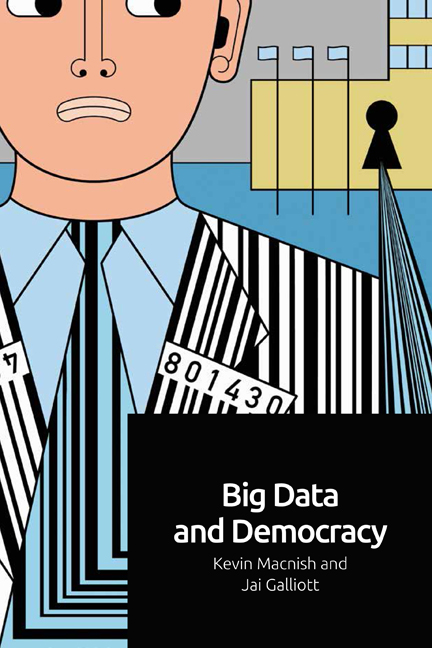Thirteen - Beyond the Concept of Anonymity: What is Really at Stake?
Published online by Cambridge University Press: 17 October 2020
Summary
The aim of this chapter is to discuss anonymity and the threats against it – in the form of de-anonymisation technologies. The question in the title above is approached by conceptual analysis: I ask what kind of concept we need and how it ought to be conceptualised given what is really at stake. By what is at stake I mean the values that are threatened by various deanonymisation technologies. It will be argued that while previous conceptualisations of anonymity may be reasonable – given a standard lexical, or common-sense, understanding of the term – the concept of anonymity is not sufficient given what is really at stake. I will argue that what is at stake is our ability to be anonymous, which I will broadly characterise as a reasonable control over what we communicate.
The concept of anonymity has not – unlike the closely related concept of privacy – been given much attention by philosophers. The word ‘anonymous ’ comes from the Greek anōnumos, which originally meant ‘without name’ or ‘nameless’. However, as Kathleen A. Wallace notes, this is not the only sense of anonymity, neither is it the most interesting one (Wallace 1999: 23). According to Wallace a person P is anonymous, in a given respect, when others cannot coordinate traits so that P can be identifed (ibid.: 25). Thus, we can conclude that on Wallace's view anonymity is non-identifiability or, technically, ‘noncoordinatability of traits in a given respect(s)’ (ibid.: 25). While Wallace thinks of her definition as conceptual or metaphysical, her aim is also that it should enable us to analyse what is at stake (ibid.: 34).
Before Wallace, Helen Nissenbaum (1999) argued for a narrower conception of anonymity . According to Nissenbaum, what is at stake is non-reachability, that is, what matters is not whether you can identify me, but whether you (after identification) can reach me. On the one hand, Nissenbaum 's narrower conception makes sense if we think of, for example, criminals, who occasionally may care less that we know they commit a crime, as long as they can avoid punishment. On the other hand, it is also reasonable to argue that it is too narrow, given that the task of avoiding reachability may incur harm because one is identified.
- Type
- Chapter
- Information
- Big Data and Democracy , pp. 201 - 216Publisher: Edinburgh University PressPrint publication year: 2020



